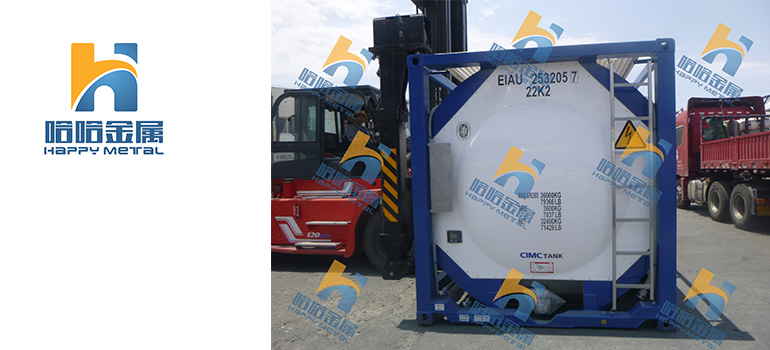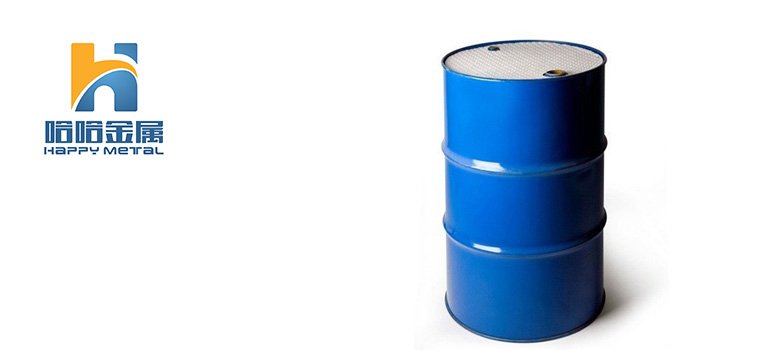Summary:
Unlocking the Potential: Sodium Methylate 30% and Its Industrial Applications
What is Sodium Methylate 30%?
Understanding the Composition and Properties
Industrial Applications of Sodium Methylate 30%
In the vast landscape of chemical compounds, Sodium Methylate 30% stands out as a remarkable catalyst with immense potential. This introduction delves into the essence of Sodium Methylate 30%, unraveling its composition, properties, and the pivotal role it plays across diverse industries.
What is Sodium Methylate 30%?
Sodium Methylate 30% is a chemical compound primarily composed of sodium methoxide and methanol. It is often used as a catalyst in various chemical processes due to its ability to initiate and accelerate reactions efficiently. The “30%” in its name refers to the concentration of sodium methoxide in a methanol solution.
This compound plays a significant role in several industries, including biodiesel production, pharmaceutical synthesis, and polymer manufacturing. In biodiesel production, Sodium Methylate 30% acts as a catalyst for the transesterification reaction, converting vegetable oils or animal fats into biodiesel fuel. In pharmaceutical synthesis, it facilitates the production of various pharmaceutical compounds by catalyzing key chemical reactions. Additionally, Sodium Methylate 30% is utilized in polymer manufacturing processes to initiate polymerization reactions.
Overall, Sodium Methylate 30% is valued for its versatility and effectiveness as a catalyst in a wide range of industrial applications.
Understanding the Composition and Properties
Composition:
Sodium Methylate 30% is primarily composed of two key components: sodium methoxide and methanol. Sodium methoxide (NaOCH3) is an alkoxide compound consisting of sodium (Na) bonded to a methyl group (CH3) via an oxygen atom. Methanol (CH3OH) is a simple alcohol molecule composed of a methyl group (CH3) bonded to a hydroxyl group (OH). In Sodium Methylate 30%, sodium methoxide is typically dissolved in methanol to achieve a concentration of 30% by weight.
Properties:
High Reactivity: One of the most significant properties of Sodium Methylate 30% is its high reactivity as a strong base and nucleophile. This reactivity stems from the presence of the methoxide ion (CH3O−), which readily donates electrons in chemical reactions.
Solubility: Sodium Methylate 30% is soluble in polar solvents such as methanol and ethanol. This solubility allows for easy handling and incorporation into various reaction mixtures.
Hygroscopicity: Sodium Methylate 30% exhibits hygroscopic properties, meaning it has a tendency to absorb moisture from the surrounding environment. Proper storage in dry conditions is essential to prevent degradation and maintain its reactivity.
Catalytic Activity: As a strong base, Sodium Methylate 30% acts as a catalyst in a wide range of reactions, including transesterification, esterification, and condensation reactions. Its catalytic activity accelerates reaction rates and facilitates the formation of desired products.
Corrosiveness: Due to its strong alkalinity, Sodium Methylate 30% can be corrosive to certain materials such as aluminum and some plastics. Proper handling procedures and precautions are necessary to prevent damage to equipment and ensure safety.
Understanding these composition and properties is crucial for effectively utilizing Sodium Methylate 30% in various industrial processes while ensuring safety and efficiency.
Industrial Applications of Sodium Methylate 30%

Biodiesel Production: Sodium Methylate 30% serves as a crucial catalyst in the production of biodiesel through transesterification reactions. In this process, it facilitates the conversion of triglycerides found in vegetable oils or animal fats into fatty acid methyl esters (FAME), which are the main components of biodiesel. By catalyzing the esterification of triglycerides with methanol, Sodium Methylate 30% enables the production of biodiesel fuel with high efficiency and yield.
Pharmaceutical Synthesis: In pharmaceutical manufacturing, Sodium Methylate 30% plays a vital role as a catalyst in the synthesis of various pharmaceutical compounds. It is often employed in esterification and methylation reactions to introduce specific functional groups into organic molecules, thereby creating key intermediates or final products used in pharmaceutical formulations. Its high reactivity and selectivity make it a valuable tool for chemists in drug discovery and development.
Polymer Manufacturing: Sodium Methylate 30% is utilized in polymerization processes to initiate the formation of polymers from monomeric precursors. As a strong base, it catalyzes the polymerization of monomers such as methyl methacrylate and vinyl acetate, leading to the production of polymethyl methacrylate (PMMA) and polyvinyl acetate (PVAc), respectively. These polymers find applications in a wide range of industries, including automotive, construction, and packaging.
Chemical Synthesis: In addition to its role in specific reactions such as transesterification and esterification, Sodium Methylate 30% is employed in various chemical synthesis processes as a versatile catalyst. It facilitates reactions involving nucleophilic substitution, deprotonation, and condensation, thereby enabling the synthesis of organic compounds used in diverse industrial applications. Its high reactivity and compatibility with a wide range of substrates make it a valuable tool for organic chemists.
Fine Chemicals Manufacturing: Sodium Methylate 30% is also utilized in the production of fine chemicals and specialty products. It serves as a catalyst or reagent in the synthesis of intermediates and active pharmaceutical ingredients (APIs), as well as in the modification of functional groups in organic molecules. Its ability to promote selective reactions under mild conditions makes it particularly suitable for the synthesis of complex organic compounds with high purity and yield.
These industrial applications highlight the versatility and importance of Sodium Methylate 30% as a catalyst in various chemical processes, contributing to the production of essential products in fields ranging from energy to healthcare.
Environmental Impact and Sustainability
Catalyst for Green Energy Solutions: Sodium Methylate 30% plays a crucial role in the production of biodiesel, a renewable and sustainable alternative to fossil fuels. By catalyzing the transesterification of vegetable oils or animal fats with methanol, it enables the conversion of these feedstocks into biodiesel, which can be used as a cleaner-burning fuel in diesel engines. This process helps reduce greenhouse gas emissions, dependence on fossil fuels, and overall environmental impact associated with conventional diesel fuels.
Reducing Carbon Footprint: The use of biodiesel produced with Sodium Methylate 30% contributes to the reduction of carbon dioxide (CO2) emissions compared to conventional diesel fuels. Biodiesel is considered carbon-neutral over its lifecycle since the carbon dioxide released during combustion is offset by the carbon dioxide absorbed by the plants during their growth. This carbon cycle helps mitigate climate change by reducing the net emission of greenhouse gases into the atmosphere.
Sustainable Practices in Sodium Methylate 30% Usage: Manufacturers and users of Sodium Methylate 30% are increasingly adopting sustainable practices to minimize environmental impact. This includes optimizing production processes to reduce energy consumption and waste generation, as well as implementing recycling and reuse initiatives for raw materials and by-products. Additionally, stringent environmental regulations and certifications ensure compliance with environmental standards and promote responsible use of chemicals.
Waste Reduction and Resource Efficiency: Sodium Methylate 30% contributes to resource efficiency by enabling the utilization of renewable feedstocks, such as vegetable oils and animal fats, for biodiesel production. This reduces reliance on finite fossil fuel resources and helps minimize waste streams from agricultural and food processing industries. Furthermore, advancements in catalyst recycling and recovery techniques enhance the sustainability of Sodium Methylate 30% by reducing the generation of waste and increasing overall process efficiency.
Promoting Circular Economy Principles: The use of Sodium Methylate 30% in biodiesel production aligns with principles of the circular economy, where resources are utilized efficiently, waste is minimized, and environmental impacts are reduced. Biodiesel produced from renewable feedstocks represents a closed-loop system where carbon is recycled, energy is conserved, and environmental benefits are realized throughout the product lifecycle.
By considering these environmental aspects and adopting sustainable practices, the use of Sodium Methylate 30% contributes to the transition towards a more environmentally friendly and sustainable future.




